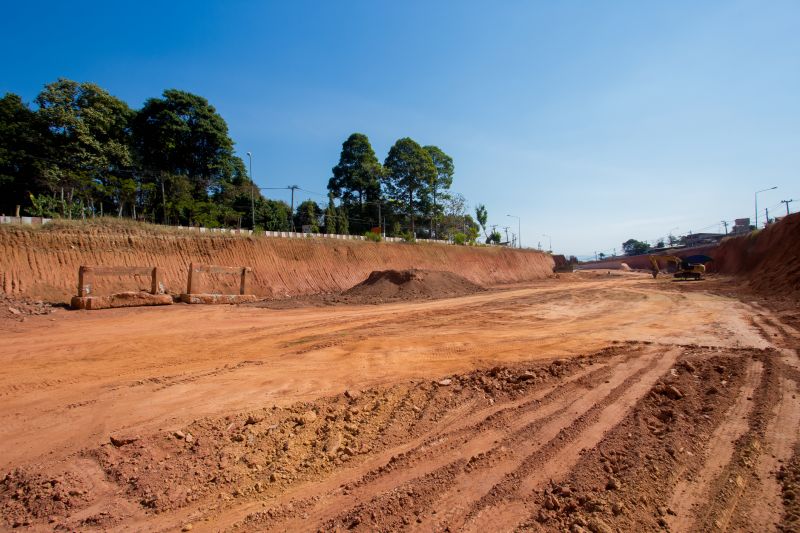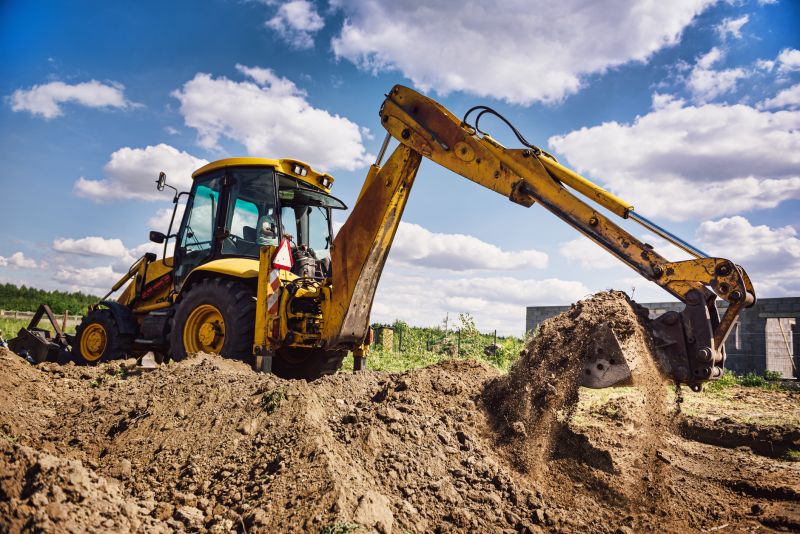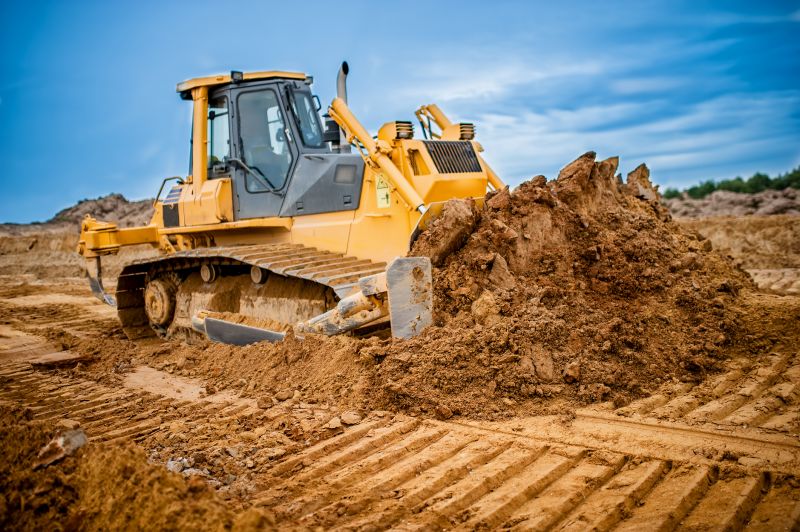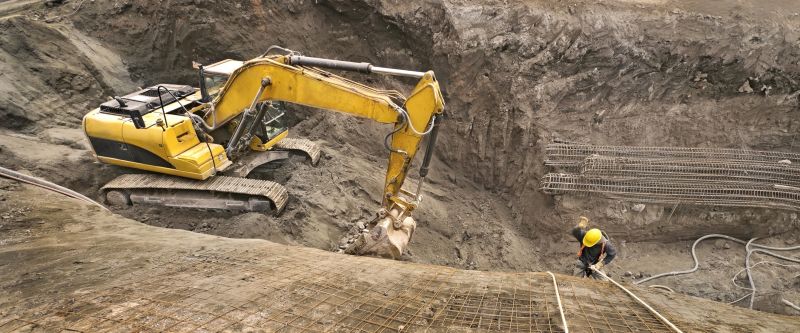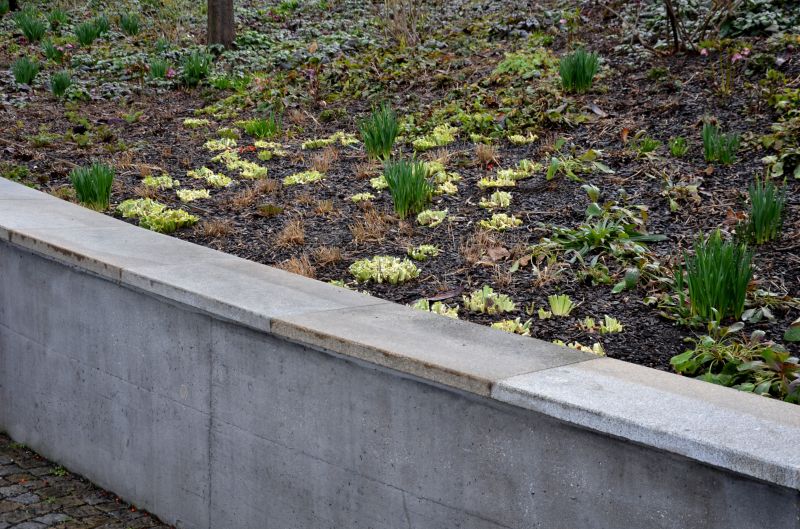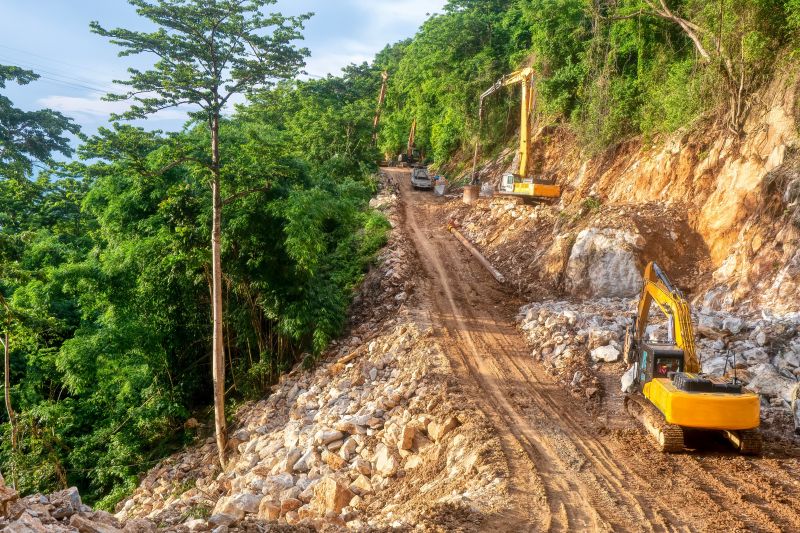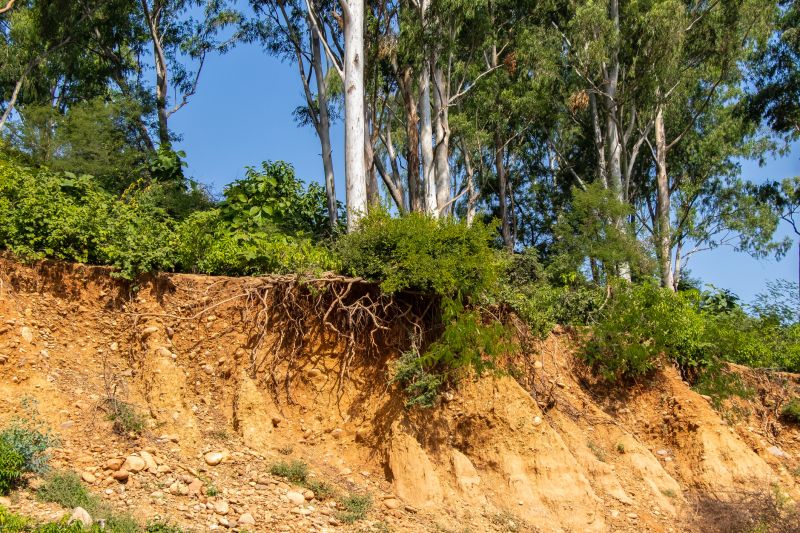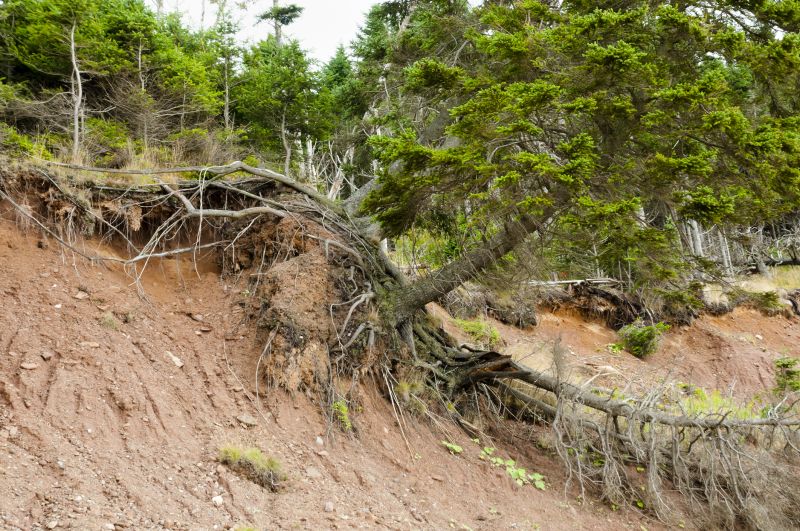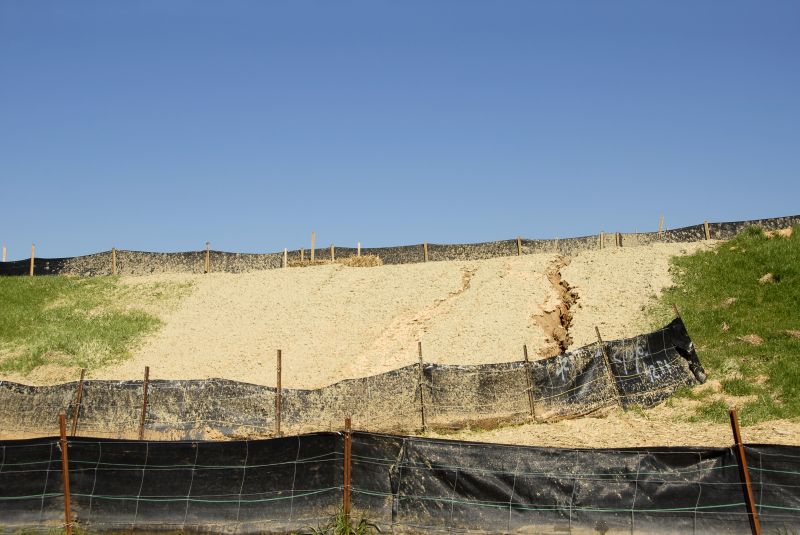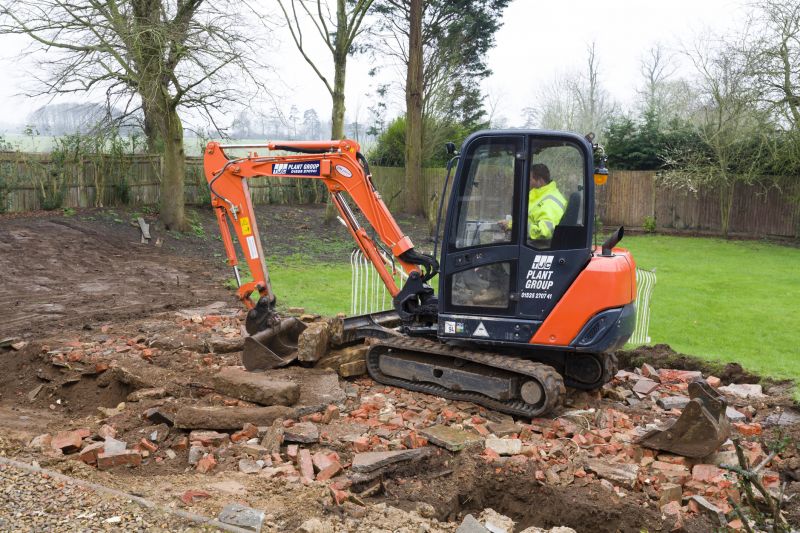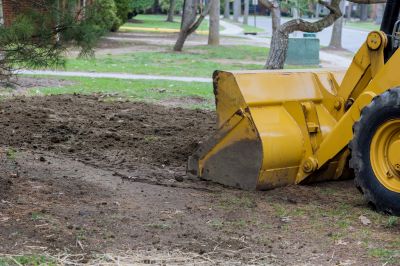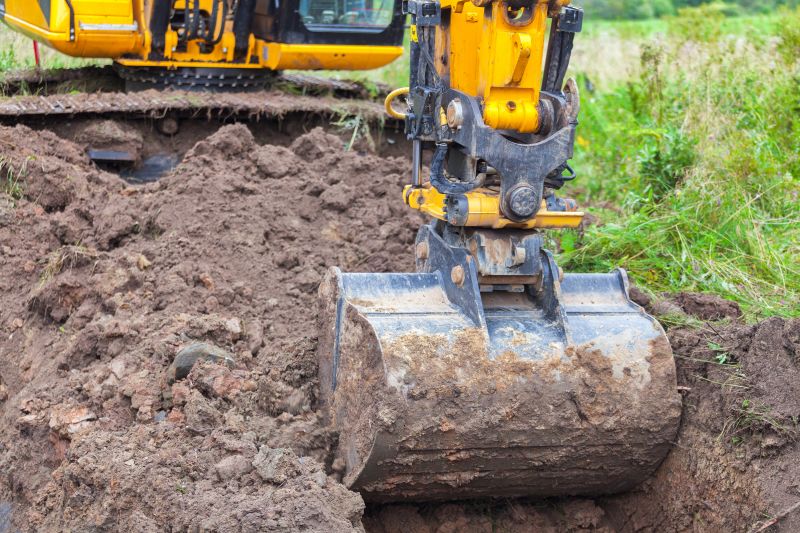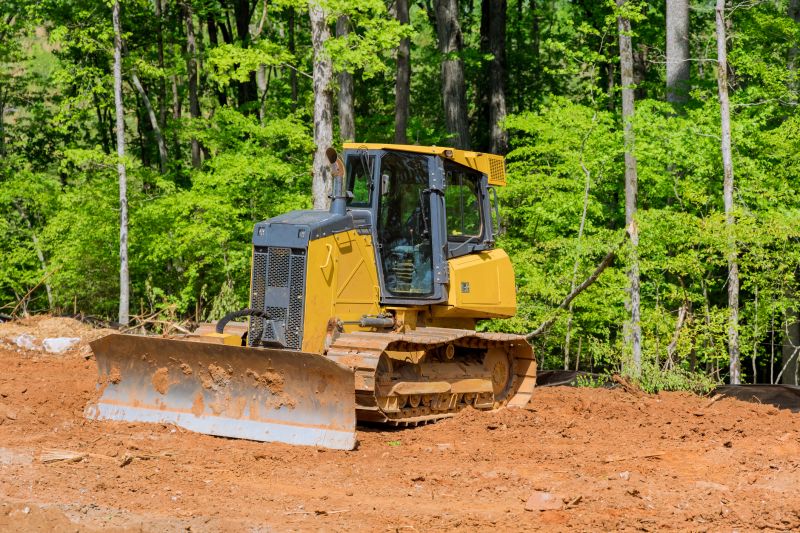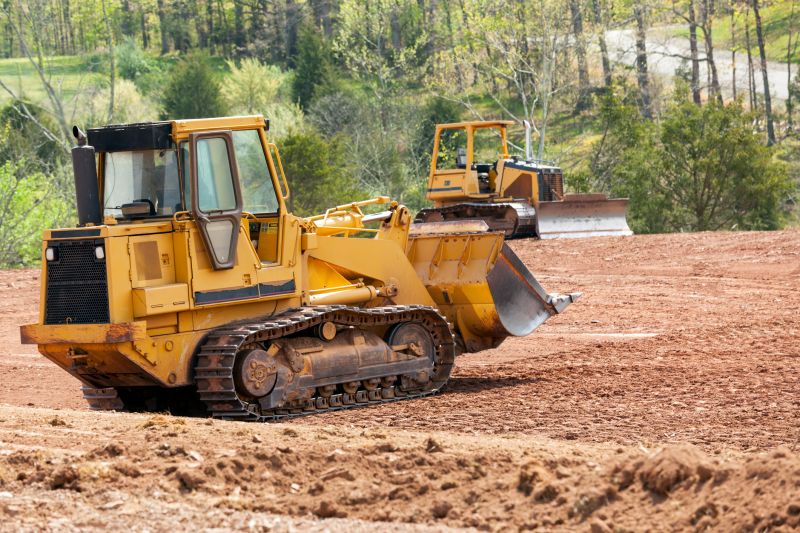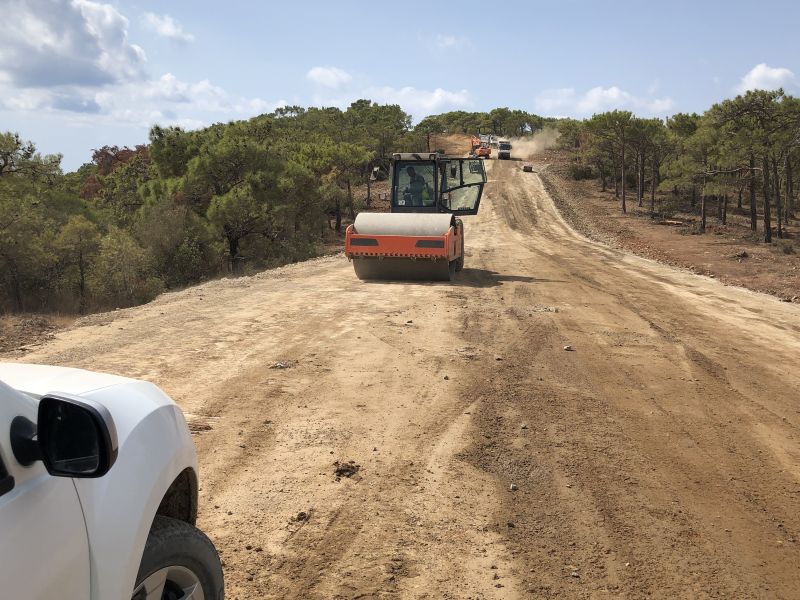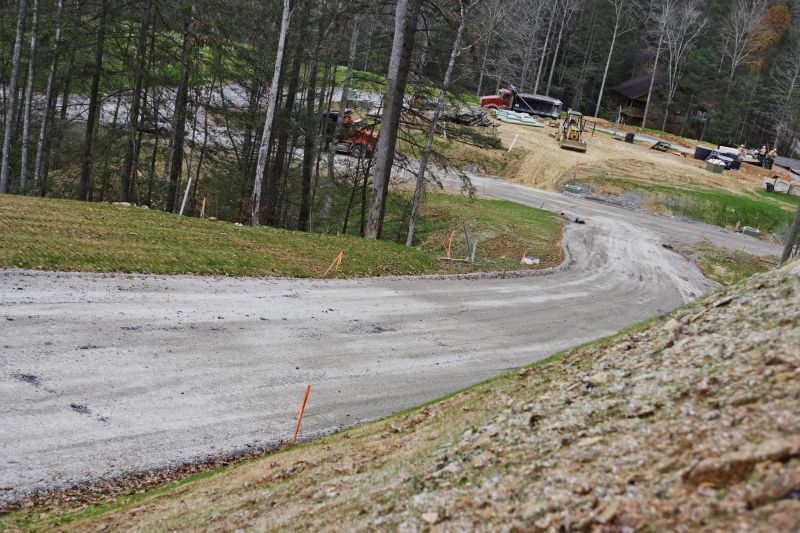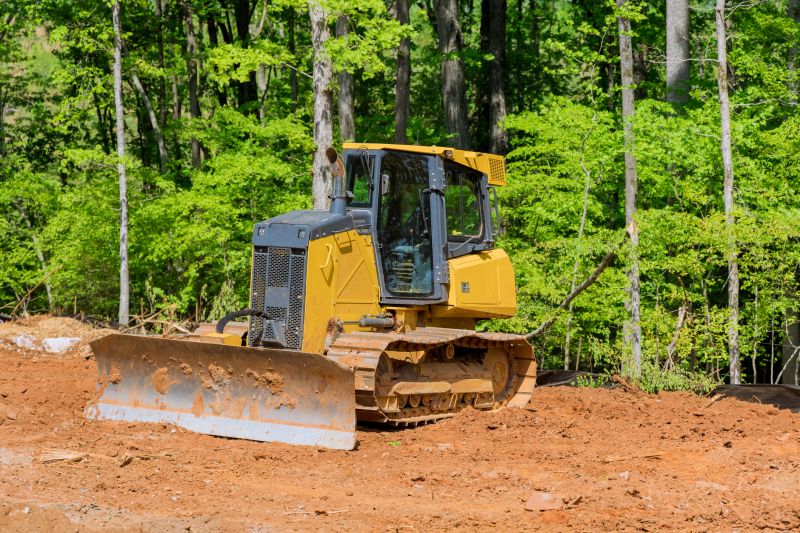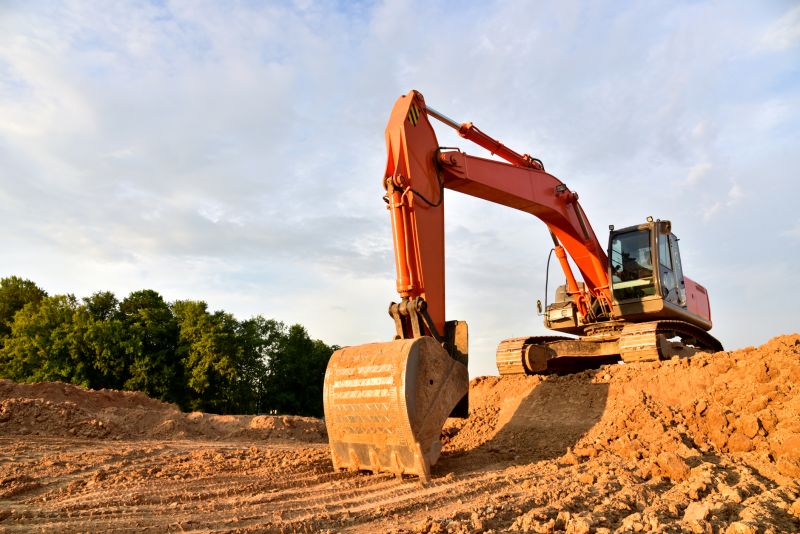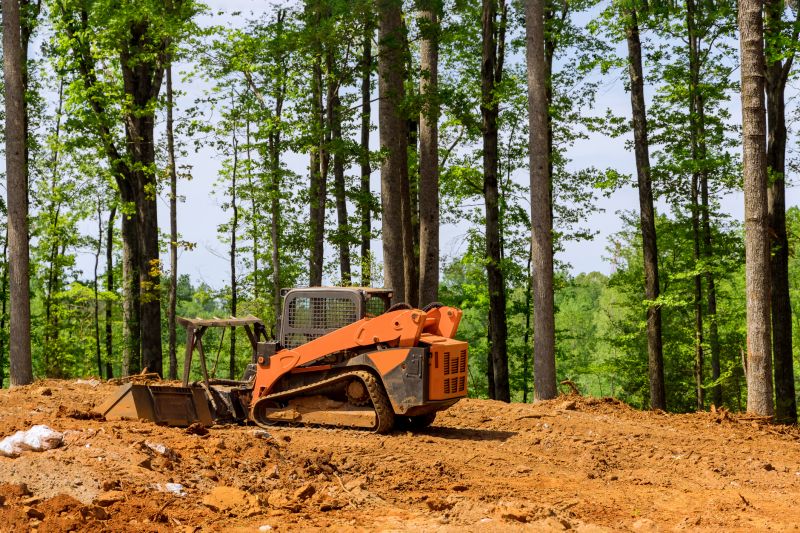
Landscape Resloping | How To
Get help with your landscape resloping needs. Fill out the form above and we will connect you with local pros in your area. Landscape resloping, also known as land grading, is a process that involves reshaping the terrain of a property to create a more even and functional landscape. This technique is commonly used to address issues such as poor drainage, uneven surfaces, or the need to level an area for construction purposes. By strategically reshaping the land, landscape resloping can enhance the overall aesthetics of a property while also improving its functionality. Whether it's correcting slopes, creating terraces, or regrading a yard, landscape resloping can transform an outdoor space into a harmonious and balanced environment.
How to Do Landscape Resloping
Step 1: Assess the Area
Start by assessing the area you want to reslope. Look for any uneven ground, water pooling, or other signs of poor drainage. Identify the areas that need resloping.
Step 2: Plan the Resloping
Once you have identified the problem areas, create a plan for resloping. Determine the desired slope and the direction in which you want water to flow. Take measurements and mark the areas that require adjustment.
Step 3: Clear the Area
Clear the area of any obstacles such as rocks, plants, or debris. This will make it easier to reshape the landscape and ensure a smooth resloping process.
Step 4: Excavate the Soil
Using a shovel or a small excavator, start removing the excess soil from the higher areas. Be careful not to dig too deep or remove too much soil, as this can cause erosion issues.
Step 5: Fill in the Lower Areas
Transfer the soil from the higher areas to the lower areas, gradually building up the slope. Compact the soil as you go to ensure stability. Use a rake or a tamper to level the soil and create a smooth surface.
Step 6: Check the Slope
Use a level or a string line to check the slope of the resloped area. Make any necessary adjustments to ensure proper drainage. The slope should be gradual and direct water away from buildings and other structures.
Step 7: Add Vegetation
Once the resloping is complete, consider adding vegetation to help stabilize the soil and enhance the overall appearance. Choose plants that are suitable for the specific conditions of your landscape.
Step 8: Maintain the Resloped Area
Regularly monitor the resloped area for any signs of erosion or drainage issues. Address any problems promptly to prevent further damage. Maintain proper watering and care for any vegetation that has been added.
By following these steps, you can successfully reslope your landscape and improve its drainage and appearance.

